Written by Lorrie Reynolds
Categories
One of the important decisions to make when training a new dog for agility is what type of contacts the dog will have. The decision depends on the goals of the team, their dedication to training, and the trainer’s ability to teach the dog. Part of the difficulty for new people is that they are making a decision without having any experience. It is up to the instructor to tell them what the future ramifications of their choice might be. They are also faced with many choices including 2 On/2 Off (2O/2O), 4 On the Floor (4OTF), and running contacts. Veteran handlers with new dogs have at least been exposed to the various contact performances and usually have an idea of what they want for their next dog.
As an instructor, my job is to consider the team and guide them in the right direction or make sure that their expectations are realistic if they already have something in mind. Everyone thinks running contacts are wonderful, but new students don’t always realize the effort required to train and maintain them. I only recommend that new students train running contacts if they meet the following criteria: they can keep up with their dog well enough to direct them at the end of the contact, they have equipment or are willing to make something resembling equipment to practice on at home, and they are willing to practice frequently. If these criteria aren’t met, I recommend a different method.
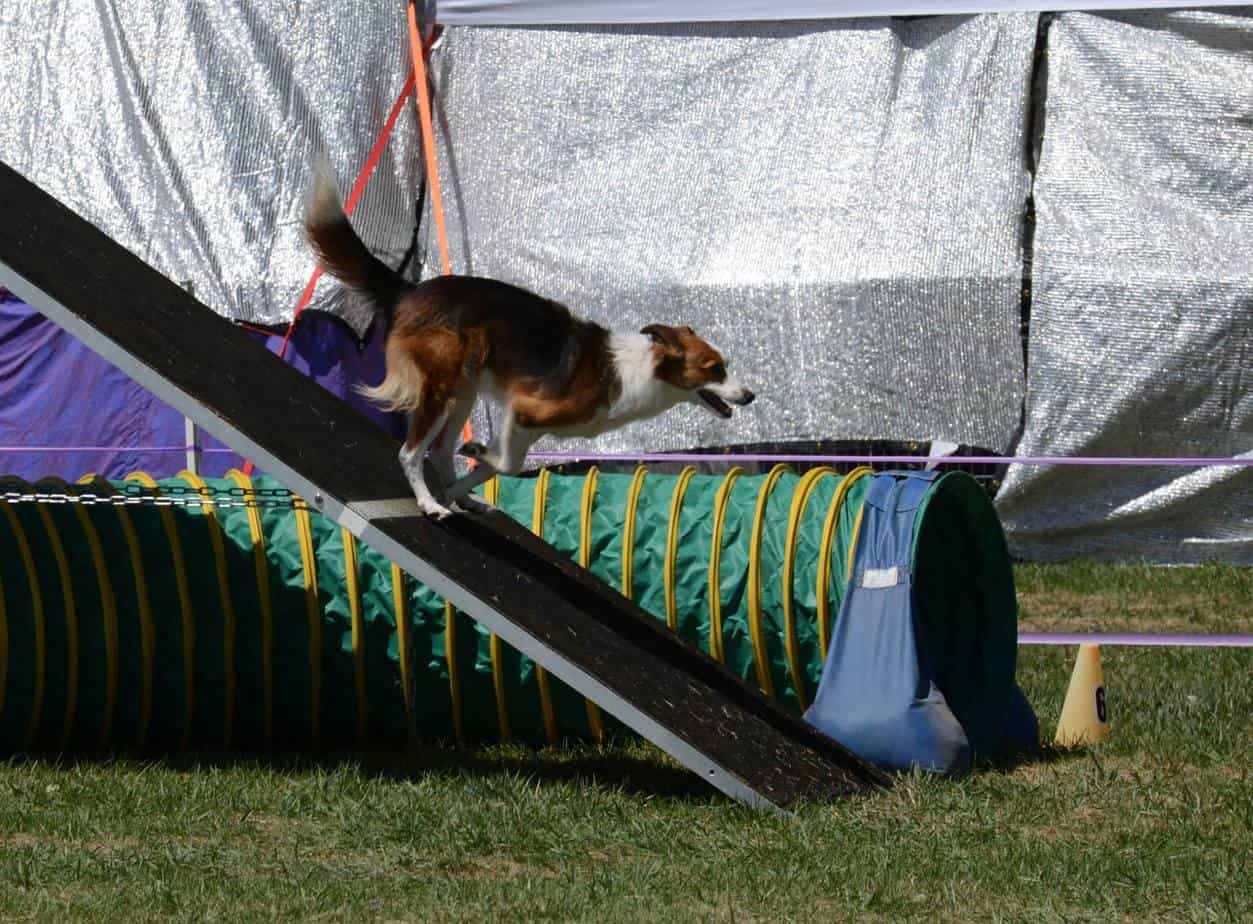
For beginning handlers, we almost always start them off with 2-On/2-Off. The criteria for that type of contact are very clear. The dog has two feet on the floor, and two feet on the contact. It is easy for both the dog and handler to understand, and it is easy to determine if the criteria have been met. For long-backed dogs or large dogs with straight shoulders, I generally recommend a different type of contact behavior, like 4-On-The-Floor (modified running contacts with a down at the bottom of the contact), a modified 2O/2O, with the dog stopping right at the bottom of the contact, or running contacts. I discuss the reasons with the handler, give them the options, and let them determine their choice.
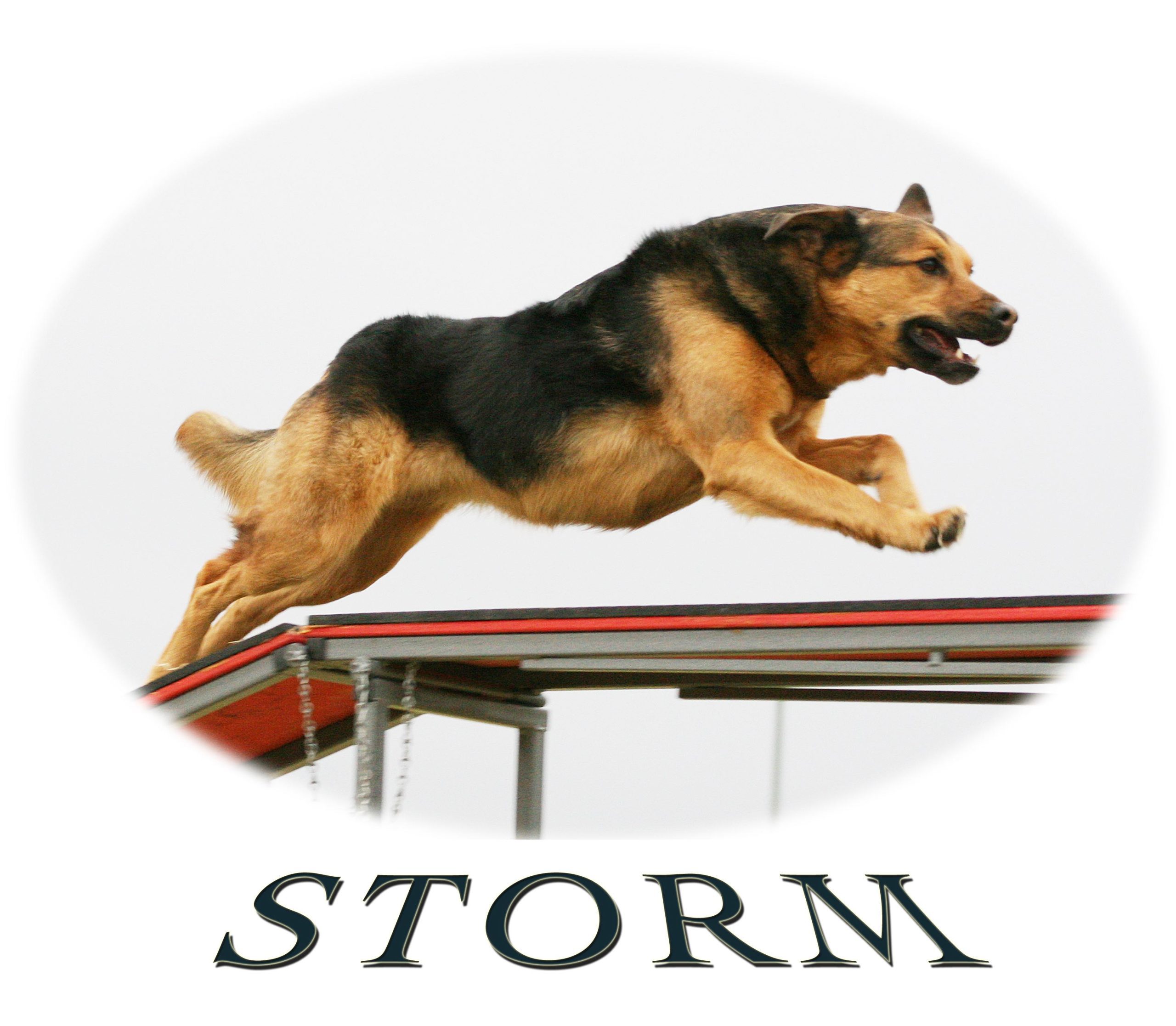
For experienced handlers, the contact method depends on their goals. Teams that want to have fun at the local level and qualify consistently usually choose to teach 2O/2O. Because the behavior is so clear-cut, as long as they maintain their criteria at trials, it is very reliable. If they want to be competitive at a national level, they are almost forced to choose running contacts or a 4OTF with a quick release.
Part of the difficulty with teaching running contacts is that the criteria are not always clear. With a 2O/2O or 4OTF, the answer is very black and white. Running contacts are a bit more difficult to define for the dog. Many methods have been developed to try to “tell” the dog what the criteria are. Things that promote foot touches are black and white, but it appears that the dogs concentrate more on the target than they do on the contact behavior. The same is true with the box method or stride regulators. If you can do enough repetitions, it can be argued that you build muscle memory, but what have you actually taught the dog? How do you clarify your criteria if you are just teaching them to run into the yellow? Do you reward 1 foot 1 inch into the yellow as long as the dog is striding and not jumping? Do you only reward all four feet in the yellow? Does the dog understand the difference? How do you tell for sure if the criteria were met when the dog is running at full speed?
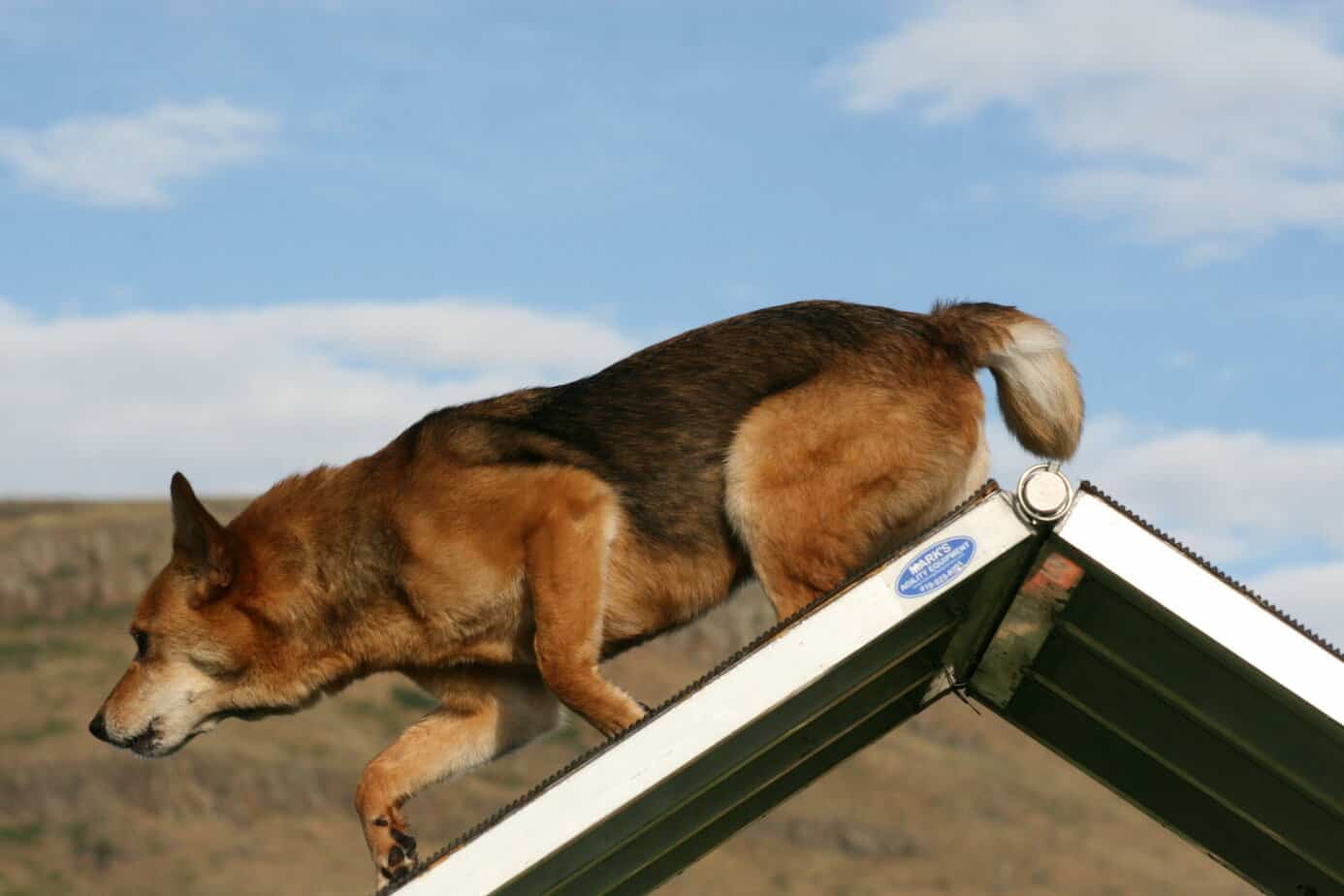
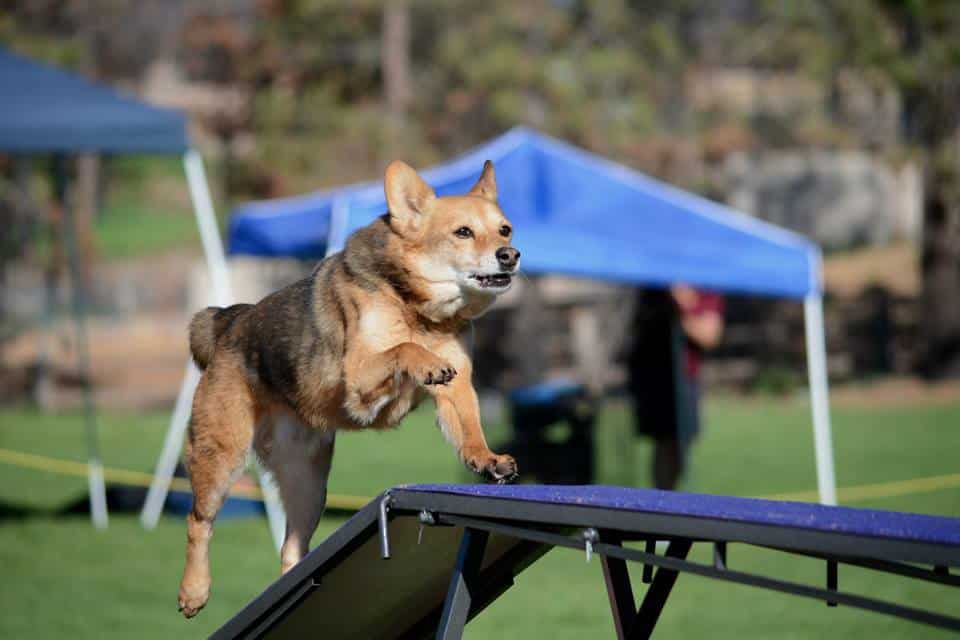
Deciding on a contact behavior doesn’t have to be difficult. If you want to compete at the national (or international) level and you are willing to work through the gray areas, running is probably the way to go. If you are going to compete locally and don’t have the inclination to spend large amounts of time on contacts, 2O/2O is a smarter choice as long as your dog is built reasonably well. If your dog isn’t built well and you want both speed and clarity, 4OTF is a good choice. The most important consideration is to be sure that your choice is one you are willing to stick with. Retraining is much more difficult than training and takes more time with less consistent results. That’s the voice of experience talking!
You Might Also Like…
Five Ways to Crush It at Your Next Dog Agility Seminar
Going to a dog agility training seminar? Check out these five tips to maximize your return on investment!
Read This Before Deciding on Your Agility Dog’s Contact Performance
Which contact performance, running or stopped, is right for your team? The answer might surprise you.
Is Your Agility Dog a Pinto or a Ferrari?
If you’ve moved up from a slow or moderately-fast agility dog to a speed racer, here’s some advice to make your life easier.
Get tips, stories, discounts, and early notification of events and new courses delivered straight to your inbox! Join the community!
Top and first photos: Courtesy of Dog Agility Photos for Fun
Remaining photos: Courtesy of Stover Photography
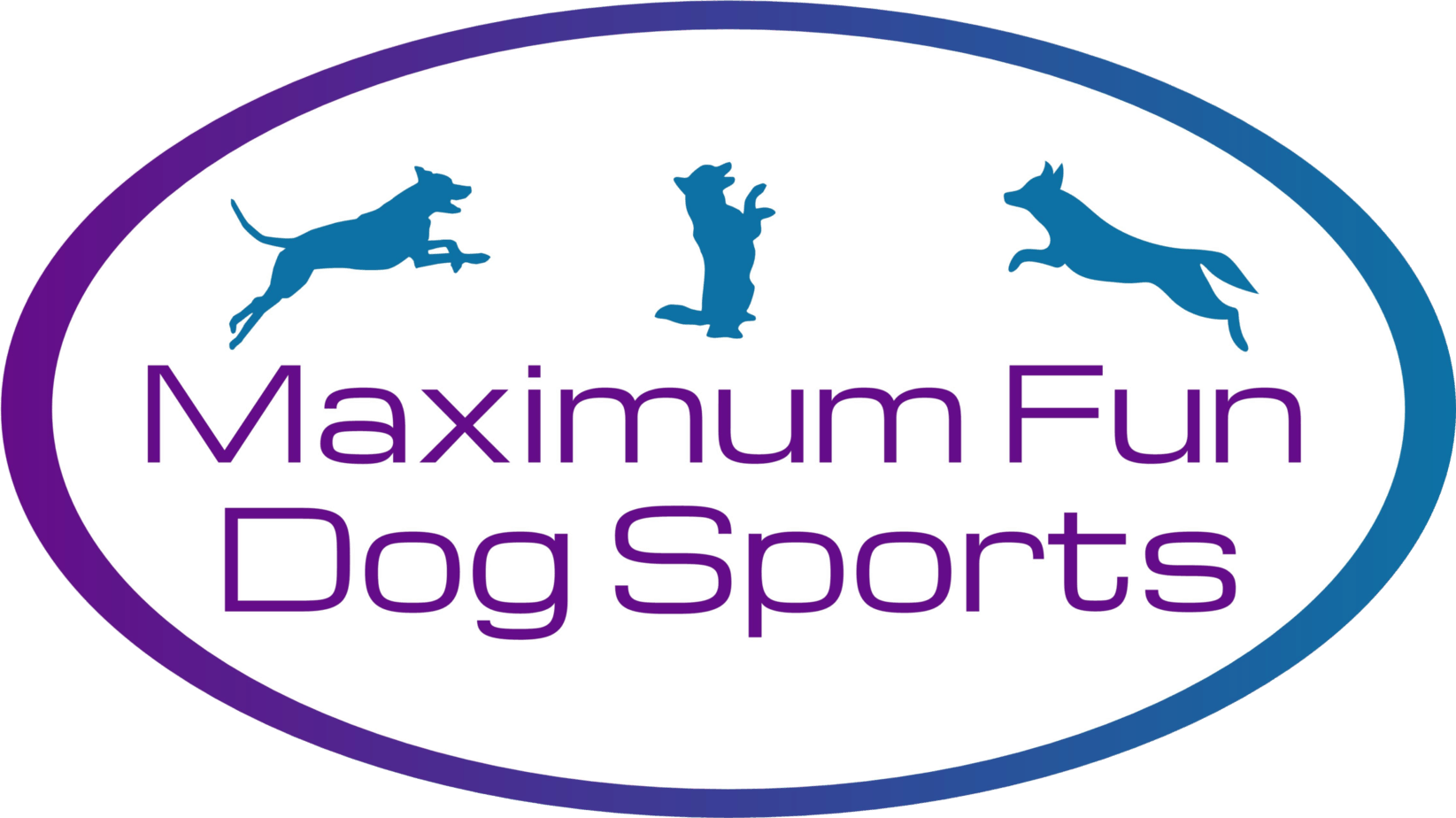
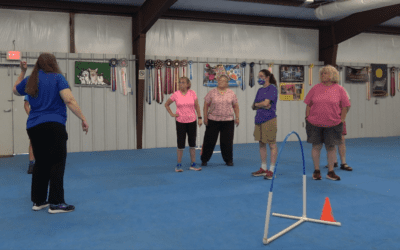
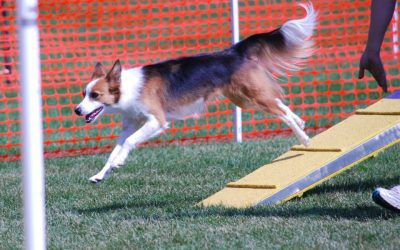
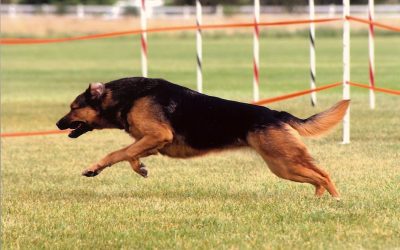
0 Comments